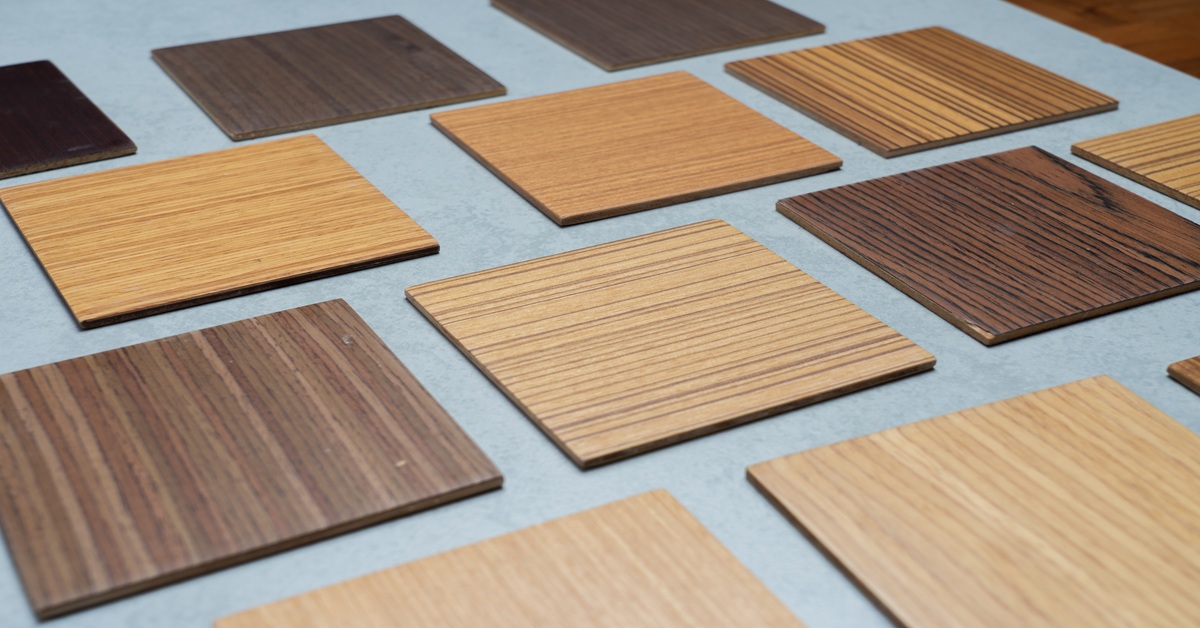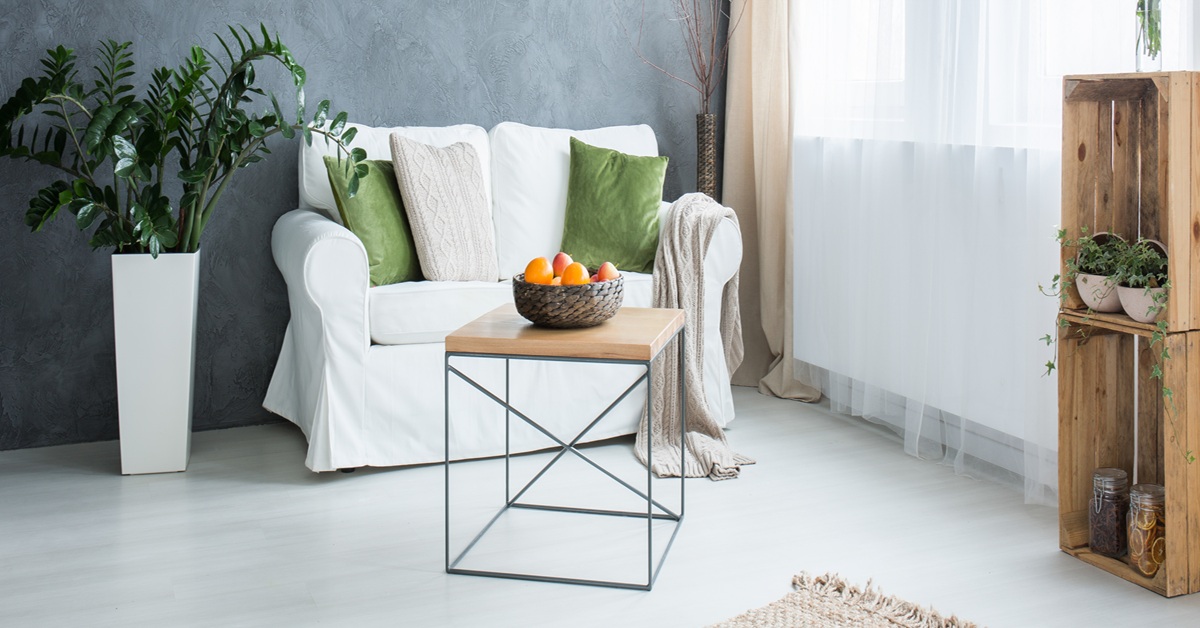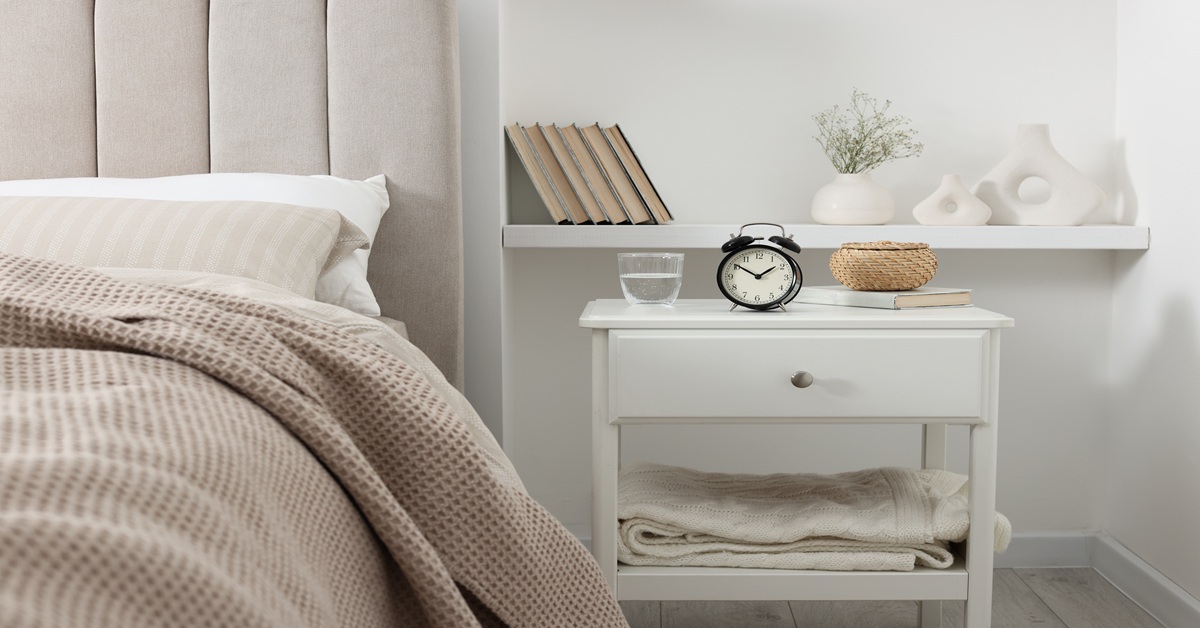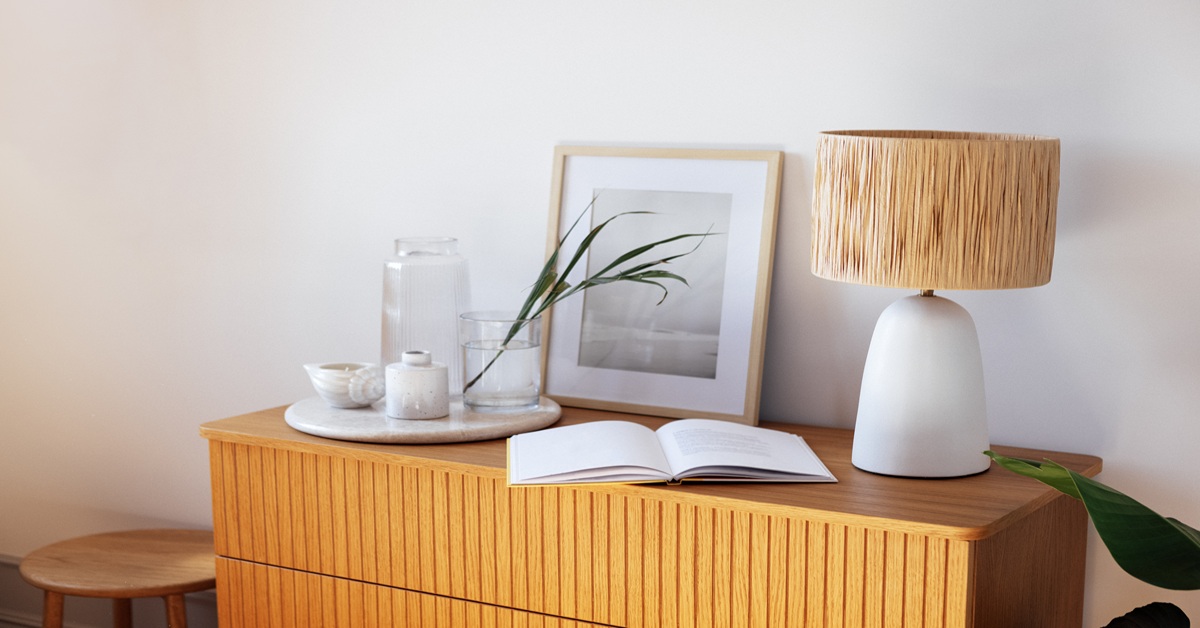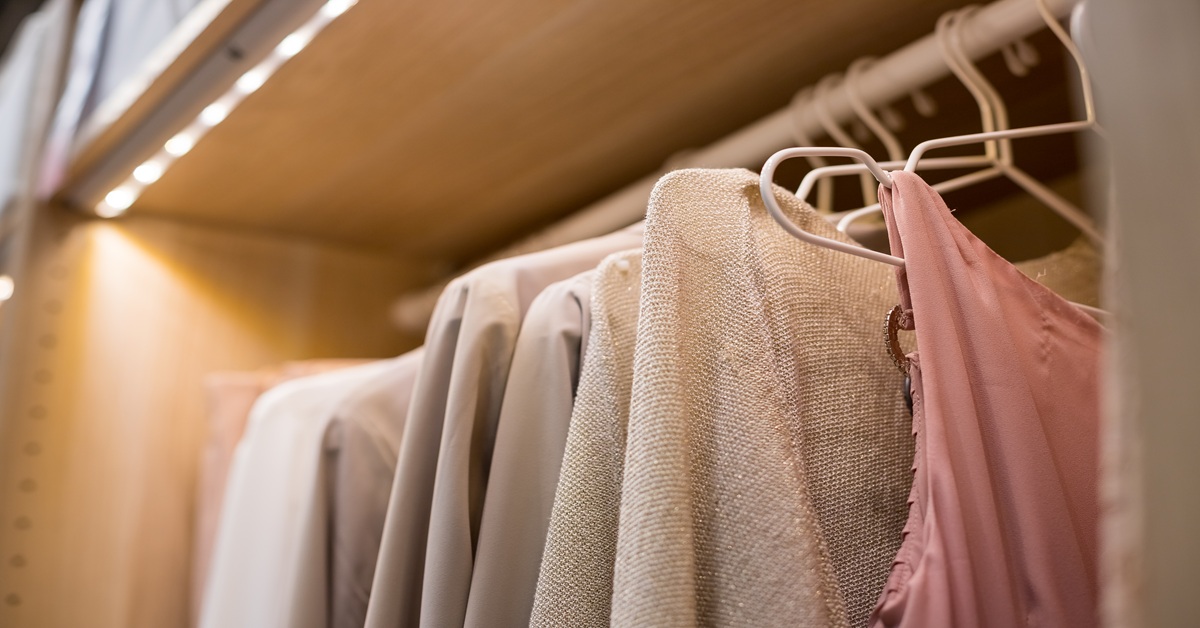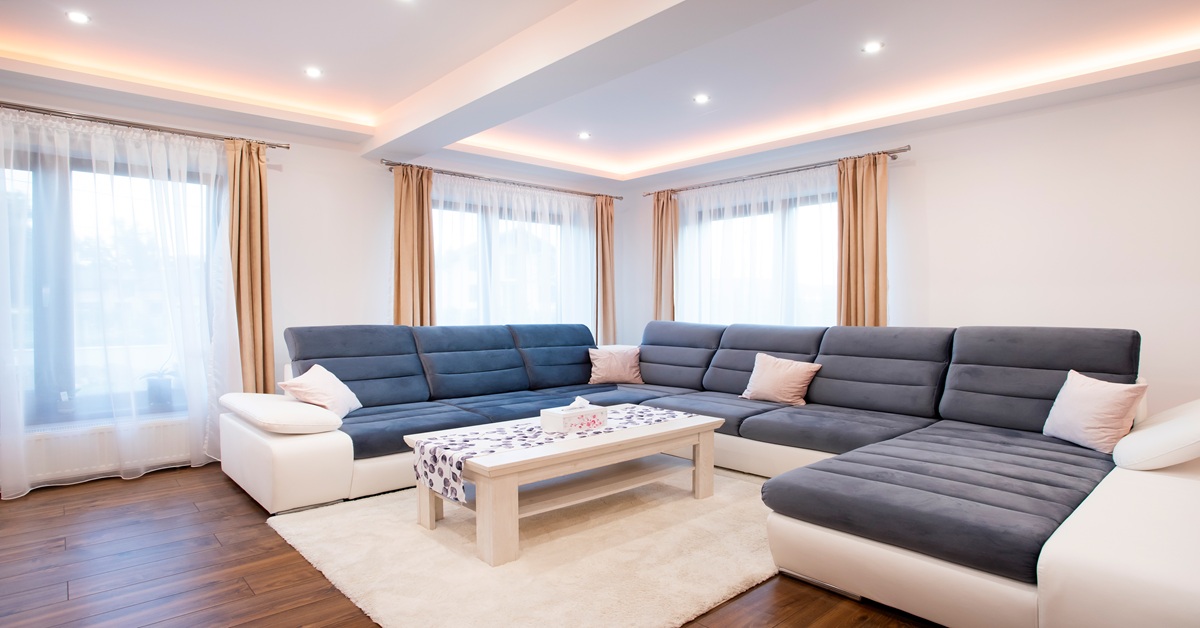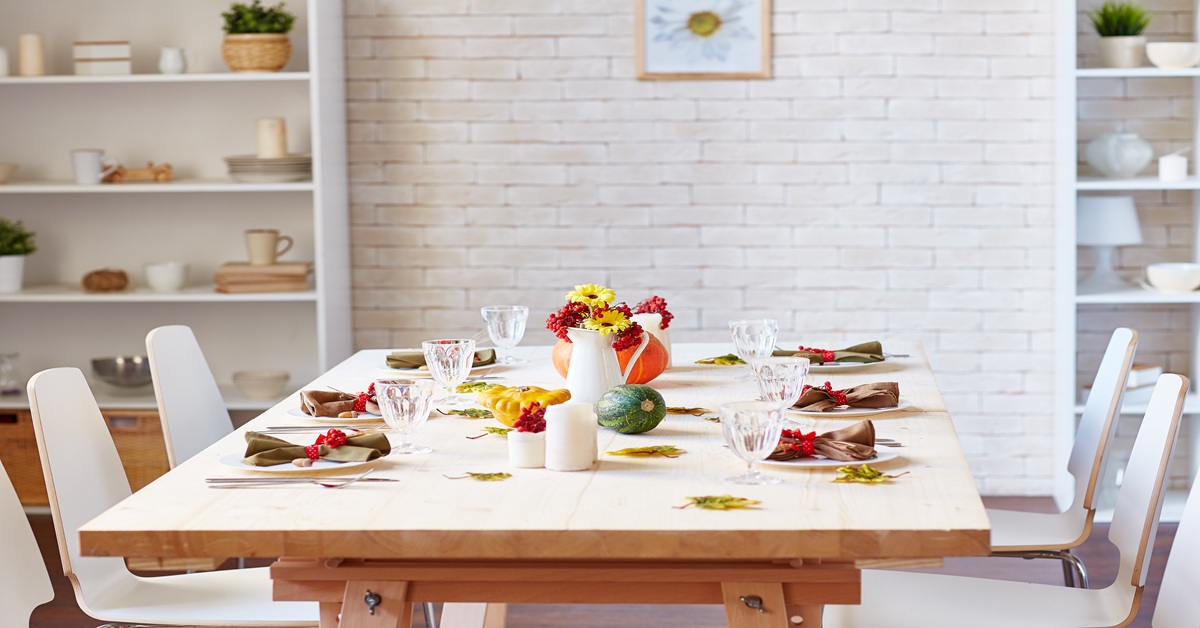Introduction
Plywood is one of the most adaptable building elements that can be used in both interior design and construction. Plywood is strong, flexible, and cheap, and it can be used to make everything from beautiful furniture to strong frames for buildings, though not all plywoods are made the same. To choose the right plywood for your job, you need to know about the different types and what they’re used for.
This blog will break down the most common kinds of plywood based on their grades, resistance, and ability to hold weight. This guide will help you choose plywood with information, no matter if you are an interior designer, a contractor, or a DIY enthusiast.
Table of Contents
MR Grade Plywood: Moisture Resistance for Interiors
BWP and BWR Plywood: Ideal for Wet Areas
Marine Plywood: Built for Extreme Conditions
Commercial vs. Hardwood Plywood
Calibrated, Fire-Retardant, and Flexible Plywood Explained
How to Choose the Right Plywood for Your Project
MR Grade Plywood: Moisture Resistance for Interiors
Moisture-resistant (MR) grade plywood is commonly used in business settings and is great for indoor uses where moisture may be present sometimes. It is stuck together with urea-formaldehyde glue, which is waterproof enough for living rooms, bedrooms, and offices but not for places with a lot of moisture or humidity. A lot of MR plywood is used to make wardrobes, wall panels, desks, and office furniture.
Of all the types of plywood that can be used inside, MR grade is one of the least expensive choices. It is important to note that moisture-resistant does not mean waterproof. For places like bathrooms and kitchens, MR is not a popular choice, though it is a good choice for dry areas in the home or office because it is a good balance of price and sturdiness.
BWP and BWR Plywood: Ideal for Wet Areas
Both boiling waterproof (BWP) and boiling water resistant (BWR) plywood are made to be resistant to water. They are great for places that get wet or are mostly wet. BWR plywood is often used for bathroom and kitchen shelves because it can stand up to eight hours of boiling water. BWP plywood is made with phenol-formaldehyde resin and is better in every way. It can stand up to 72 hours of hot water.
These different types of plywood are often used in homes that need to control moisture or in places with a lot of humidity. The BWP and BWR grades make sure that the building will last, whether it’s for bathroom cabinets, outdoor furniture or modular kitchens. In addition to being immune to termites, they are a safe, long-term investment for places that get a lot of rain.
Want durable results? Learn how the different types of plywood perform in real-world conditions and make an informed decision today.
Marine Plywood: Built for Extreme Conditions
Marine plywood is the best type of water-resistant plywood on the market right now. It is built to strict IS:710 standards and is made with waterproof glue and premium hardwood veneers. It is designed for naval uses like boat building, docks and coastal structures. This means that it is resistant to delamination, fungal attacks and long-term water contact.
There are different types of plywood, but marine plywood is the best for working in harsh settings. Not just for projects that have to do with the water, but also for high-end kitchens, bathrooms, and other indoor uses that need to last a long time. Even though it costs more than other types of plywood, the price is worth it because it lasts longer and is stronger.
Commercial vs. Hardwood Plywood
Most industrial plywood, MR grade, is made from softwood or a mix of softwood and hardwood. Inside, where reliability isn’t a big deal, is where it works best. This lightweight, easy-to-work-with, and reasonably priced choice is often chosen for furniture and decorative panelling that needs to be cheap.
Not so with hardwood plywood, which is made from hardwoods like birch, teak, or gurjan and is stronger and more resistant to wear and tear. Hardwood plywood is one type of plywood that holds screws and nails better than others. Because of this, it is perfect for furniture that needs to hold weight, like beds, cabinets, and tables. If strength and durability are important to you, hardwood plywood is the better pick.
Compare the different types of plywood now and choose the perfect material for furniture, interiors, or construction.
Calibrated, Fire-Retardant, and Flexible Plywood Explained
It is well known that calibrated plywood has a smooth surface and a uniform width. It is great for laminations and veneers because it is made with modern tools that give both sides the same amount of sanding. It gives a great finish, especially to modular furniture and high-end houses. While there are different types of plywood, measured plywood is one of the best for precise woodworking.
A flexible and fire-resistant board can be used in a lot of different ways. Adding chemicals to fire-retardant plywood slows the spread of flames, making it safe for use in public buildings, kitchens, and businesses where fire safety is very important. Flexible plywood can be used for curved buildings and artistic architectural features without lowering its strength and meet certain basic needs in a building.
How to Choose the Right Plywood for Your Project
Which plywood to use depends on its purpose, how much moisture it will be exposed to, how much weight it needs to hold, and your budget. For dry rooms inside, MR or industrial plywood is enough. If the area is going to get exposed to moisture, pick BWR or BWP plywood. For the most power and resistance to water, marine plywood is the best choice. Also, if your project needs bent shapes or fire safety, choose plywood that is flexible or fire-resistant.
When considering different types of plywood, you should also look at the type of wood used, the number of plies, the core material, and the ISI certification. Always buy from reputable sellers, and make sure the plywood meets the standards of the business. This makes sure that your building or design job will work well for a long time, be safe, and look good.
Conclusion
Knowing the different types of plywood and their unique properties is important for making houses that are smart, effective, and strong. Whether you’re making a simple shelf or a whole new house, the type of plywood you choose will have a big impact on how long it lasts, how it looks, and how useful it is.
Every type is useful, from marine-grade sheets that are very strong to MR plywood that doesn’t get wet. If you choose something that fits the needs of your job, it will not only work better, but it will also save you money on repairs and replacements in the future.
Choosing the right plywood has never been easier. Explore expert-grade BWP, BWR, and calibrated sheets at Wigwam Ply now!
FAQs
1. What are the different types of plywood available in the market?
There are several different types of plywood available, including softwood plywood, hardwood plywood, marine plywood, exterior plywood, interior plywood, and structural plywood. Each type is designed for specific uses based on strength, durability, and resistance to moisture.
2. What is the difference between hardwood and softwood plywood?
The main difference between hardwood and softwood plywood lies in the wood species used. Hardwood plywood is made from woods like birch or oak, making it strong and ideal for furniture. Softwood plywood, usually made from pine or fir, is lighter and often used in construction.
3. Which type of plywood is best for furniture making?
Hardwood plywood is the best type for furniture due to its strength, smooth surface, and ability to hold screws and nails well. Among the different types of plywood, birch and maple plywood are commonly preferred for cabinets and tables.
4. How do I choose the right type of plywood for my project?
To choose the right type, consider the environment (interior or exterior), required strength, and exposure to moisture. For example, structural or exterior plywood suits construction, while decorative plywood is ideal for interiors.
5. What type of plywood is best for kitchen cabinets?
BWP plywood or marine plywood is best for kitchen cabinets due to its high water resistance. Among the different types of plywood, this one ensures durability in humid and steamy environments.

